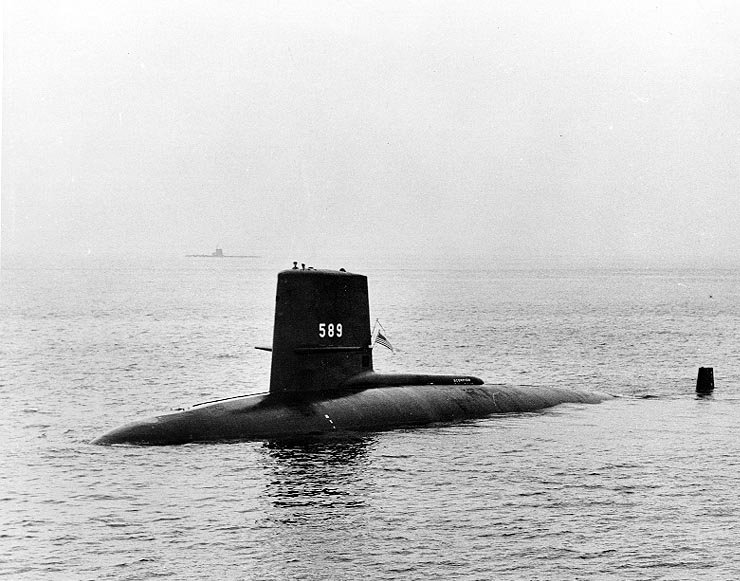In 1968 a US nuclear submarine suddenly disappeared in the Atlantic ocean, one of only two nuclear submarines to have been lost by the US. The location of Scorpion remained a mystery for a number of months, but she was eventually discovered after an extensive investigation. However, her discovery only prompted more questions, questions that still remain officially unanswered.
USS Scorpion
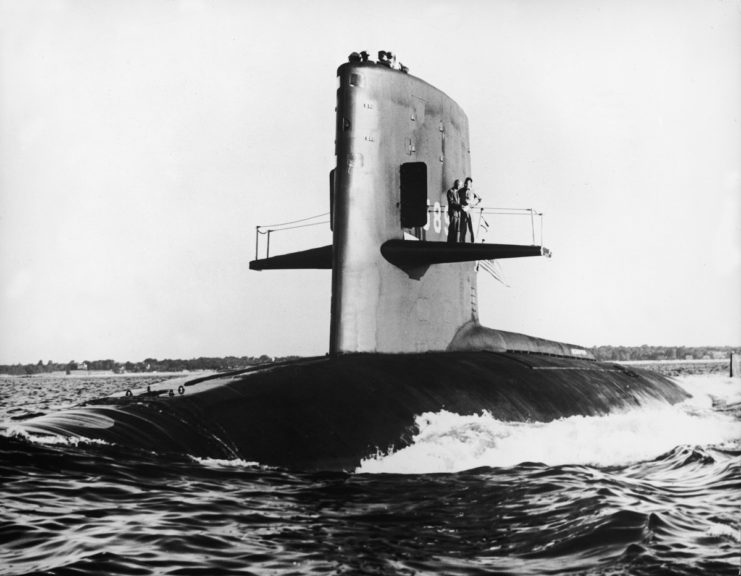
Scorpion was one of six American Skipjack-class nuclear fast attack submarines and was commissioned in 1960. She served during one of the most intense periods of the Cold War, where nuclear war was a constant threat. As a result, US nuclear submarines operated on a nearly continuous schedule to maintain a defense against a Soviet attack.
After a while, these conditions wore down the submarines. Scorpion was in particularly bad shape, with vibration issues, oil leaks, and a seawater leak from the propeller shaft seal. Because of these problems she was limited to a maximum depth of 300 feet, much less than her test depth of 900 feet.
Scorpion’s condition had become a joke among the crew, who nicknamed her “Scrapiron.”
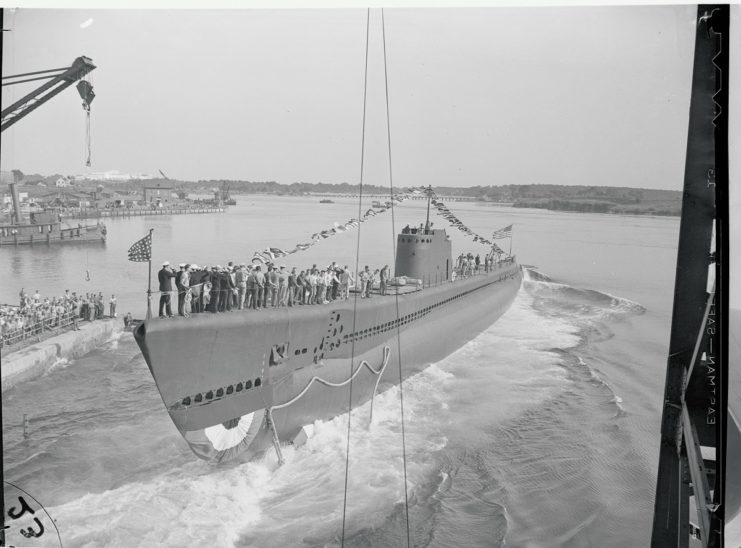
The US Navy was aware of Scorpion’s desperate need for a proper overhaul, but the Cold War waited for no one, so she was sent on a deployment to the Mediterranean.
She was in such a poor state that one crewmember, Dan Rogers, refused to go on the deployment as he believed Scorpion was a danger to her crew.
Loss of Scorpion
The crew completed their deployment in the Mediterranean and were underway for Norfolk, Virginia, with an expected arrival of May 27. Unfortunately, Scorpion never reached Virginia. The crew’s loved ones at the Norfolk Navy Yard were left confused and fearful.
The Navy was also confused and tried in vain to make contact with Scorpion. Only a few things were certain: she had either gone down or was experiencing serious mechanical issues and that the Soviets weren’t to blame.
The desperation to find the nuclear submarine led to the involvement of Dr. John Craven; an extremely brainy and well-experienced civilian scientist and engineer. Craven had already helped the Navy find a missing nuclear bomb in the ocean and was known for his highly successful method of calculating odds.
The Navy, with Craven’s assistance, referred to their SOSUS network, a collection of underwater listening devices that were intended to track Soviet submarines. The microphones picked up a series of underwater explosions that were consistent with the sounds produced by imploding submarine compartments. The entire sequence was over in just three minutes and 12 seconds. They calculated that this occurred near the middle of the Atlantic Ocean, a place where the ocean was around 11,000 feet deep.
Shortly after this discovery, the Navy announced that the USS Scorpion had been lost.
Investigation
When this area of the seafloor was investigated though, nothing was found. But Craven’s team noticed an important detail that might explain this discrepancy: Scorpion was actually heading east at the time of the explosions, not west.
Craven looked into this further and learned (mostly from experienced submarine skippers) that submarines will make a sudden 180 degree turn when they experience a hot run torpedo. This is when a torpedo activates inside the submarine. Performing this maneuver can trigger a fail-safe on the torpedo.
Using this new information, Scorpion was finally found in late October 1968 in the area Craven’s team thought it to be. Upon examination, the Scorpion was found to be torn, twisted, crushed, and bent. No one could have survived.
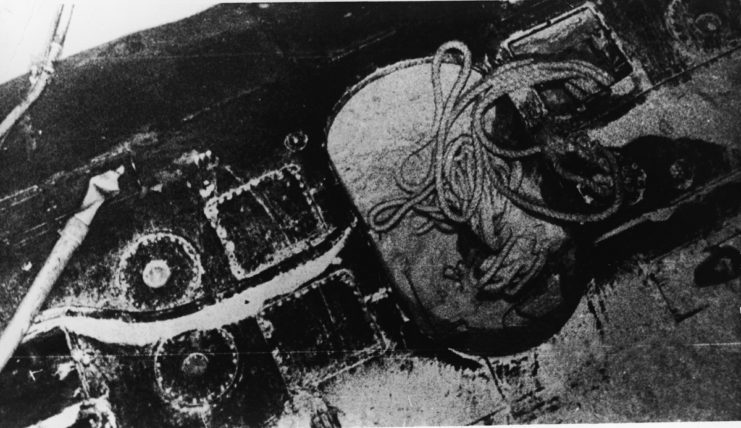
Scorpion had been found, but the reason for her sinking still remained a mystery. Craven was certain a torpedo was to blame, but the Navy resisted this as it would highlight reliability issues and more importantly, would mean accepting that all such torpedoes were defective. Plus, if a torpedo had detonated damage to the torpedo room would be clearly visible from the outside of the wreckage, but this was not the case.
Contradictorily, the torpedo room’s hatches had been forced open. Craven continued to insist that it was a torpedo, but officially the Navy mainly blamed mechanical issues. This explanation had been accepted by many over the decades, until the 1990s.
Internal torpedo detonation
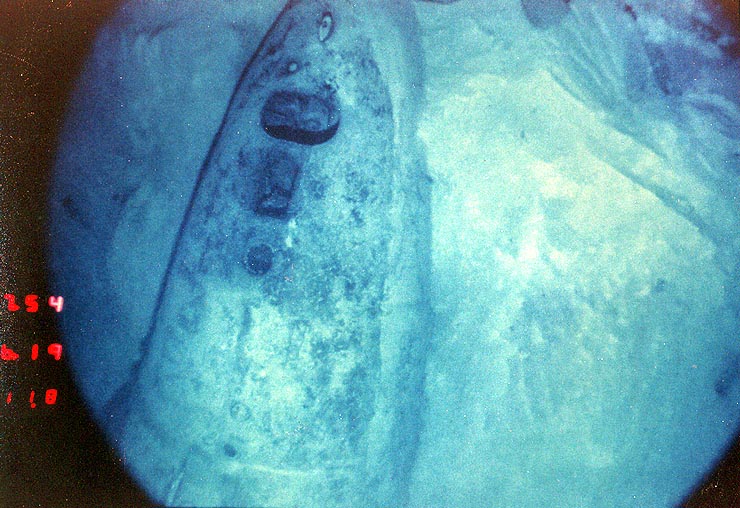
In 1993 Charles Thorne, who had been the technical director of the Weapons Quality Engineering Center at the Naval Torpedo Station at Keyport, Washington in the late ’60s read a Chicago Tribune story about the loss of Scorpion. The story mentioned Craven and his theory, which caught Thorne’s attention. Both men were now retired, but Thorne had information pertaining to the torpedoes used on the Scorpion.
Neither had known about each other’s work at the time.
Thorne was involved with the testing of the Mark 37 antisubmarine torpedo (the type carried by Scorpion) around the same time Scorpion was lost. These advanced torpedoes carried silver-zinc batteries that were separated from the power cell by an extremely thin foil diaphragm. This was designed to rupture upon the weapon’s launch, allowing electrolytes in the power cell to activate the battery and start the motor.
However in 1966 engineers found that this diaphragm could be ruptured by vibrations, and so a recommendation was made to change the design. Unfortunately, this warning fell on deaf ears.
Within weeks of Scorpion’s sinking, Thorne’s team accidentally started a fire by subjecting a Mark 37 torpedo battery to vibrations. He also informed the submarine fleet that the Mark 37 had a potentially lethal flaw.
Scorpion had well-known vibration issues, and so like Craven, Thorne became convinced that this flaw led to Scorpion’s demise.
With this information, it seems likely that a torpedo was to blame. The open hatches and relatively intact torpedo room indicate it had flooded before the submarine reached crush-depth, sparing it.
The submarine’s vibrations may have caused a small tear in a Mark 37 torpedo’s foil diaphragm, starting a fire inside the torpedo that would not have been immediately obvious to the crew. This fire may have cooked off the torpedo’s warhead, blowing the escape hatches open and allowing water in. With a compromised hull, the submarine sank and was eventually crushed by the immense pressure of the open, all except the torpedo room which had already equalized before this point.
Are you a fan of all things ships and submarines? If so, subscribe to our Daily Warships newsletter!
Despite this evidence, a torpedo explosion is still not the Navy’s official explanation.
